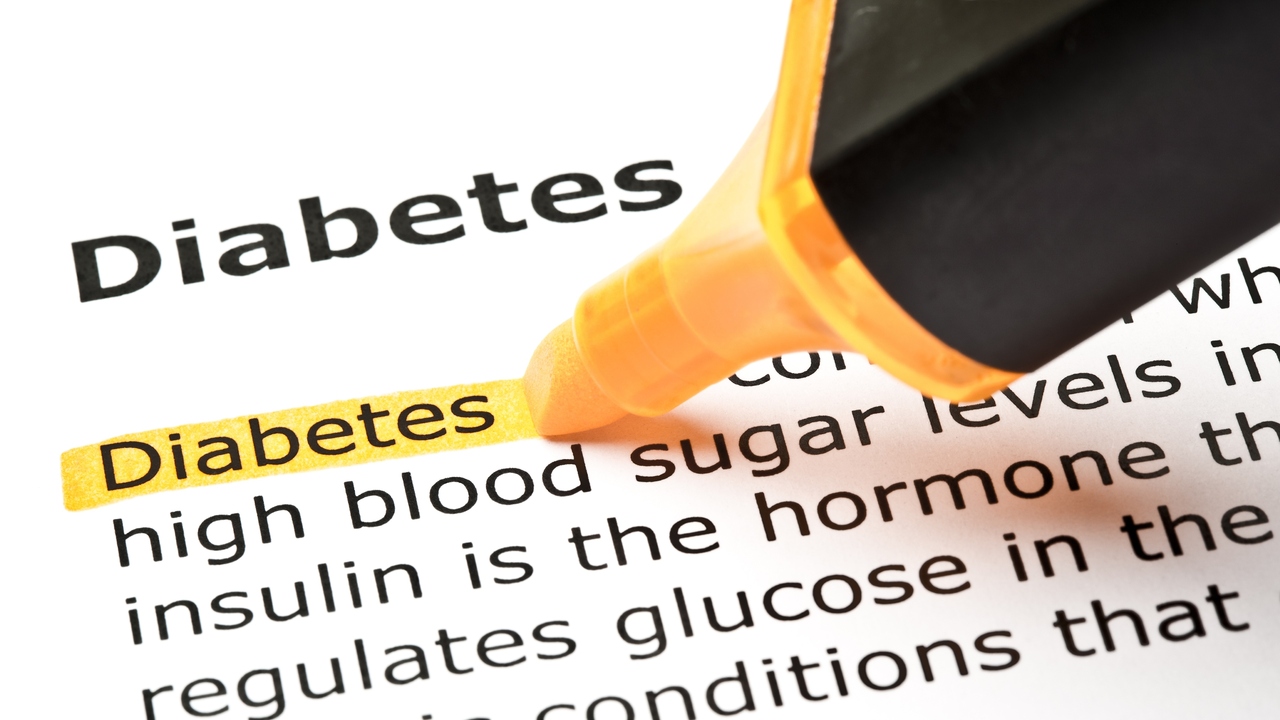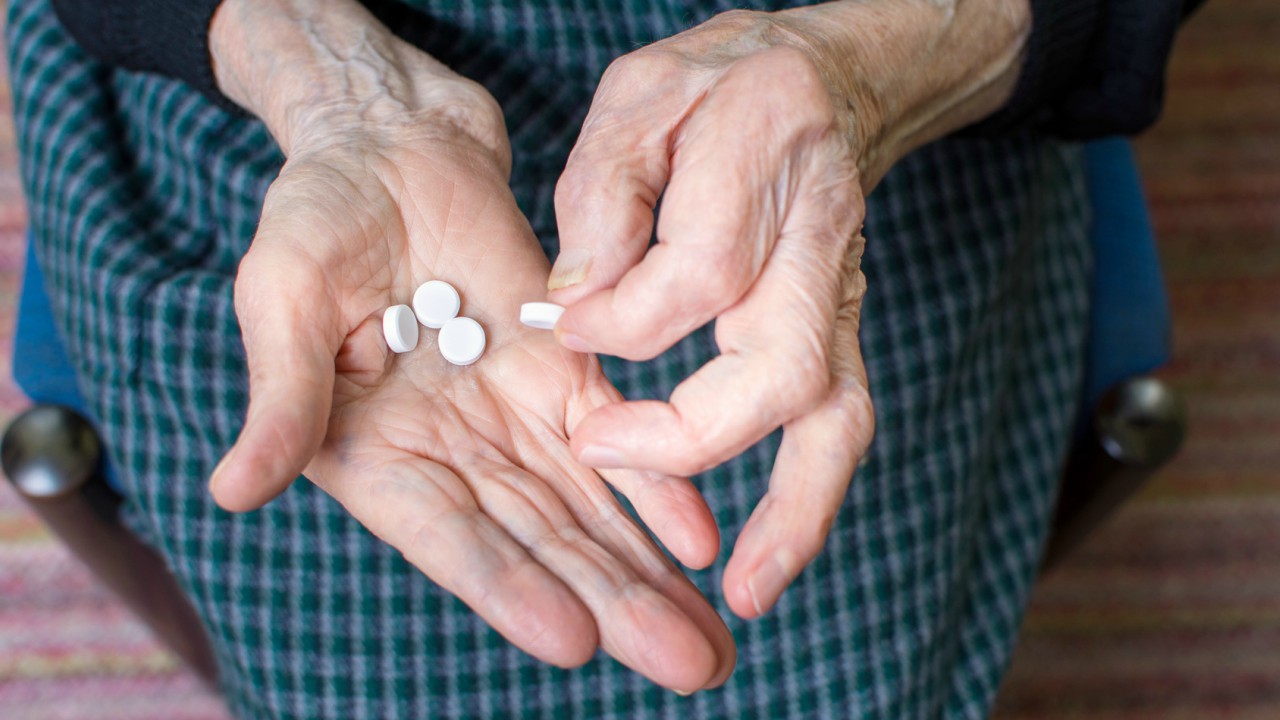 Ivelin Radkov/PhotoSpin
Ivelin Radkov/PhotoSpin
Diabetes is a metabolic disease that affects millions of people all over the world. It is the leading cause of blindness and kidney failure, according to WebMD.
Diabetes also contributes to a higher risk of heart disease, stroke, and foot or leg amputations due to persistently high levels of blood glucose (blood sugar).
Glucose provides your body with energy from the foods you eat. A naturally occurring hormone produced by the pancreas called insulin regulates the amount of blood glucose by moving sugar into the cells of your body.
Some diabetics do not produce any insulin, some do not produce enough. This means sugar stays in their bloodstream, raising blood sugar. For diabetics, having high or low blood sugars leads to the symptoms of diabetes.
Types
There are two main types of diabetes.
Type 1 diabetes accounts for 5-10 percent of diabetics. Type 2 diabetes accounts for the other 90-95 percent, Medical News Today said.
These two types have differences in their causes, symptoms and management. There are also differences as to who is affected by each type.
Causes
Type 1 diabetics do not produce insulin. This condition cannot be prevented. Usually the onset occurs at a young age and the patient has inherited risk factors from both parents.
In type 1 diabetes, the body's immune system destroys the cells that release insulin. Without insulin, glucose cannot be used for energy.
In contrast, Type 2 is usually discovered in adulthood. Type 2 patients do not produce enough insulin, and their receptor cells have become less sensitive to insulin due to aging, inactive lifestyle and obesity.
Type 2 can be prevented or delayed by living an active lifestyle and maintaining a healthy weight.
Symptoms
Type 1 diabetes symptoms usually begin in childhood and patients become sick from the symptoms of high blood sugar.
Symptoms of type 1 diabetes include excessive thirst, increased urination, weight loss and fatigue. Nausea, vomiting and blurred vision may also occur.
Women with type 1 diabetes may experience frequent vaginal infections, yeast infections, dry mouth, slow-healing sores or cuts, and itchy skin, especially in the groin area.
Type 2 diabetics can have the same symptoms of Type 1 diabetes. However, a major difference is that in type 2 diabetes, often patients don’t show any symptoms at all before diagnosis.
Management
There is no cure for type 1 diabetes, but with the use of insulin injections through a pump or needle, type 1 diabetics can lead a normal life.
There is also no cure for type 2 diabetes, but through a healthy lifestyle type 2 diabetics can reach remission. Type 2 diabetes can be controlled through diet, weight control, medicine, and sometimes insulin injections.
Who It Affects
Type 1 diabetes first appears in children and teens ages 5-25, Medical News Today said. Type 1 diabetics usually appear thin or of normal weight.
Conversely, those with type 2 diabetes are commonly adults who are overweight or have significant belly fat. The excess weight causes the release of chemicals that destabilize both the cardiovascular and metabolic systems.
Developments
Medical News Today reported on recent developments for both types of diabetes. For type 2 diabetes these include an FDA-approved drug called Farxiga that, combined with diet and exercise, helps to control blood sugar levels for type 2 patients.
“Scientists are working to create an artificial pancreas that will help reduce the complications of type 1 diabetes and significantly improve the lives and life expectancy of millions of patients with the condition,” MNT reported.
Both types of diabetes are accompanied by increased risk for serious health complications. But maintaining a healthy lifestyle through a colorful diet and exercise can help to prevent further complications.
Sources:
WebMD. Diabetes: Difference Between Type 1 and 2. Accessed April 1, 2015.
http://www.webmd.com/diabetes/tc/diabetes-differences-between-type-1-and...
Medical News Today. Diabetes: What is the difference between type 1 and type 2? Accessed April 1, 2015.
http://www.medicalnewstoday.com/articles/7504.php
EmpowHER. What is Type 2 Diabetes?Accessed April 1, 2015.
https://www.empowher.com/diabetes-type-2/content/what-type-2-diabetes
Reviewed April 3, 2015
by Michele Blacksberg RN
Edited by Jody Smith


